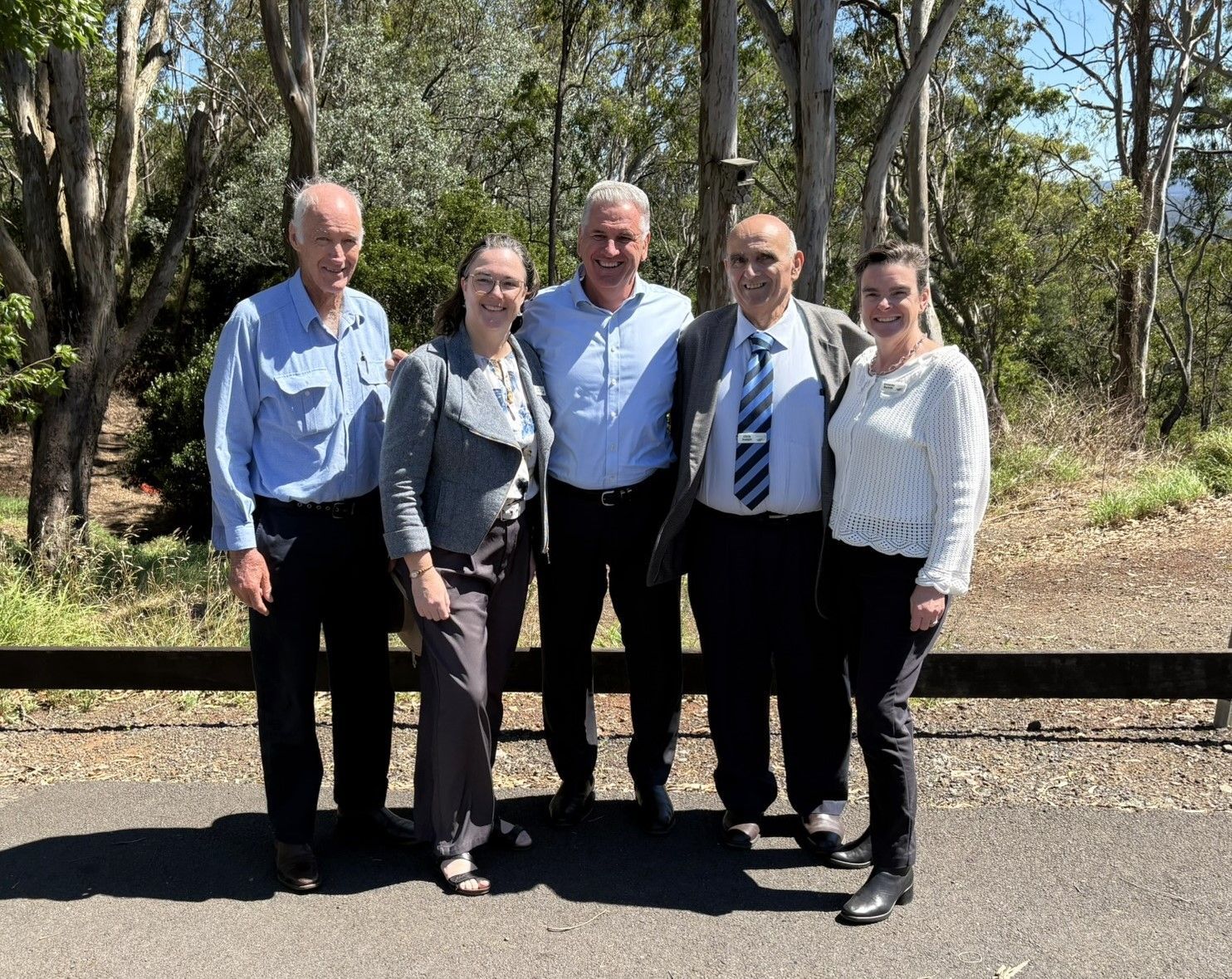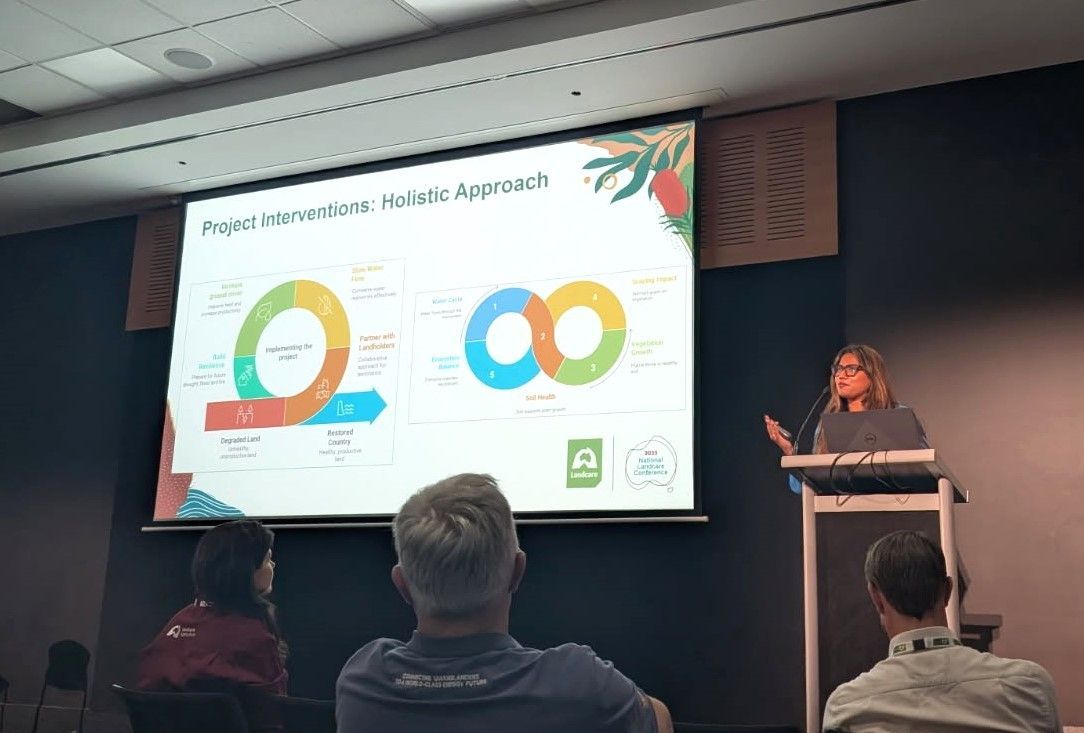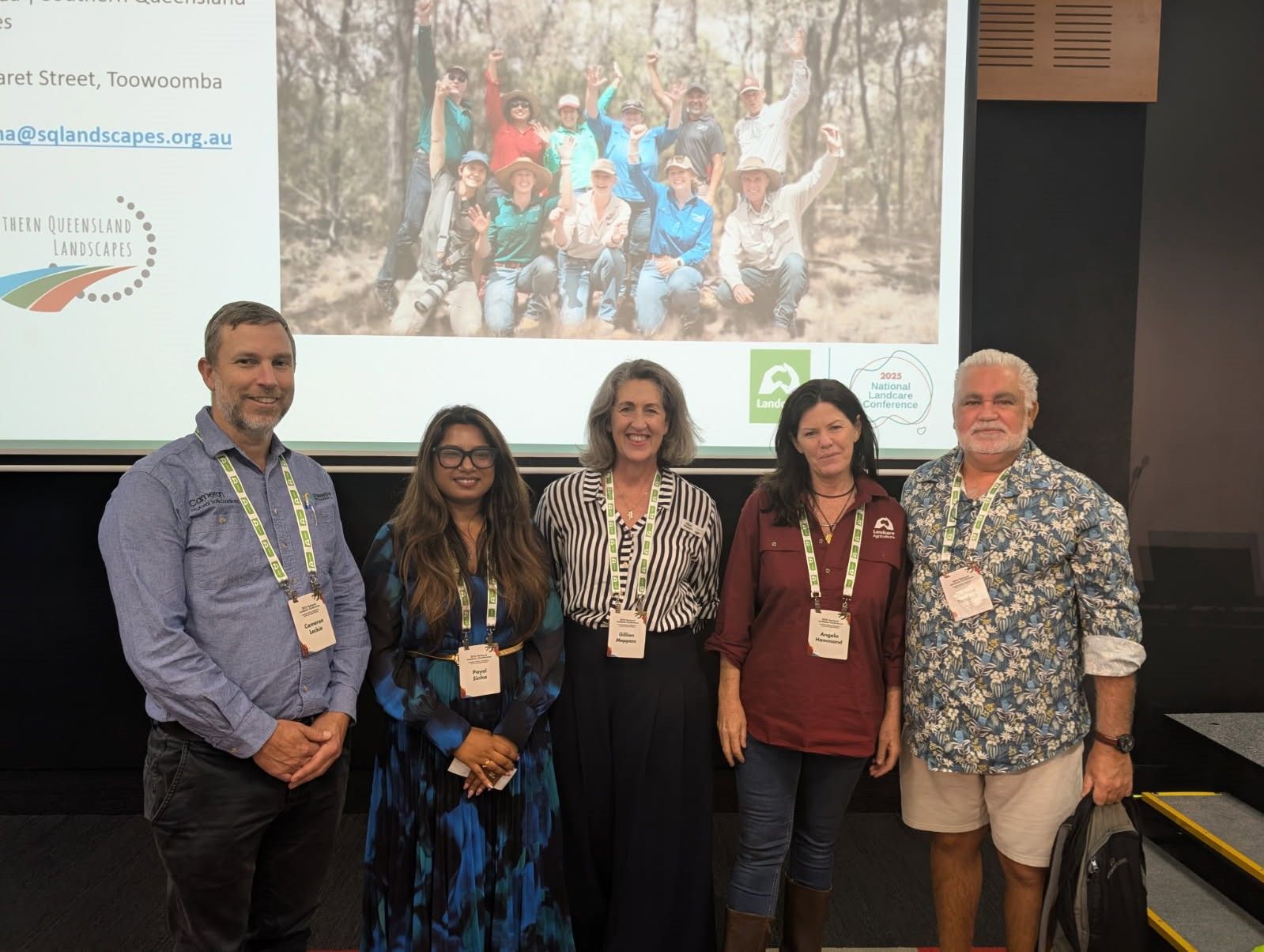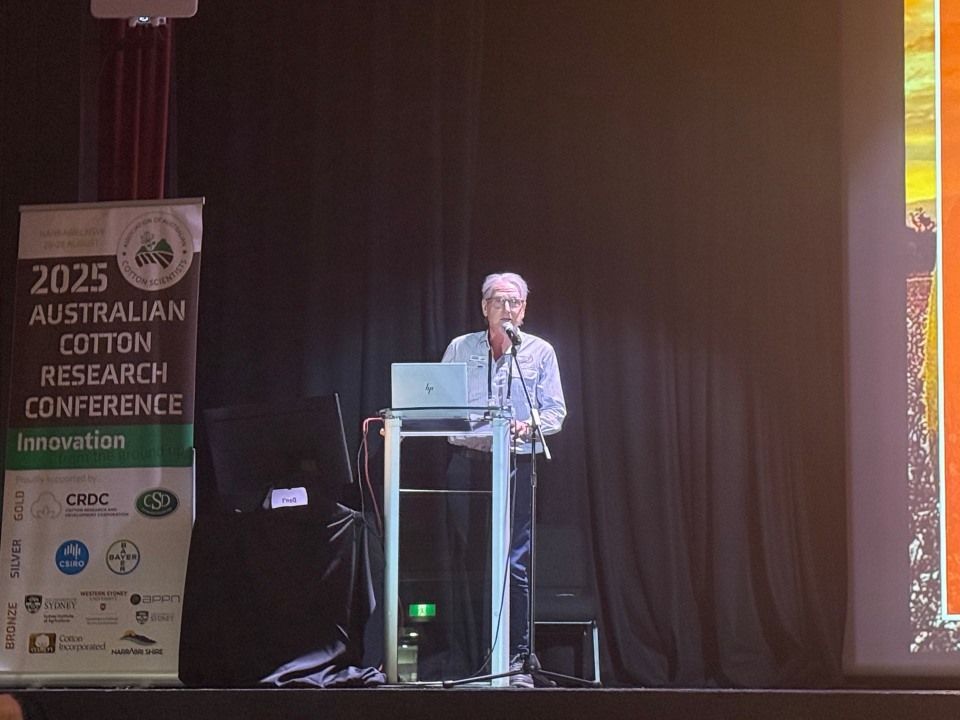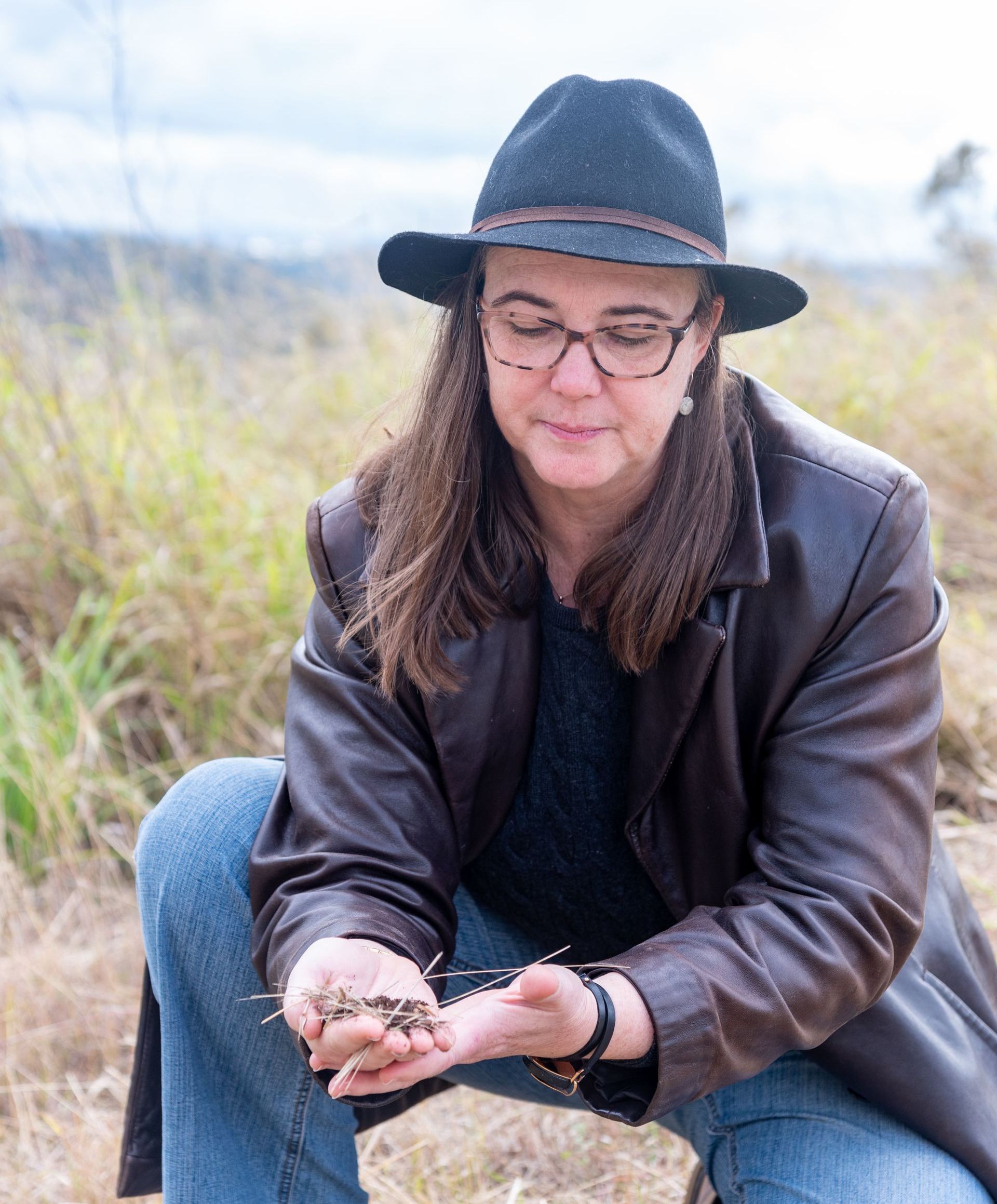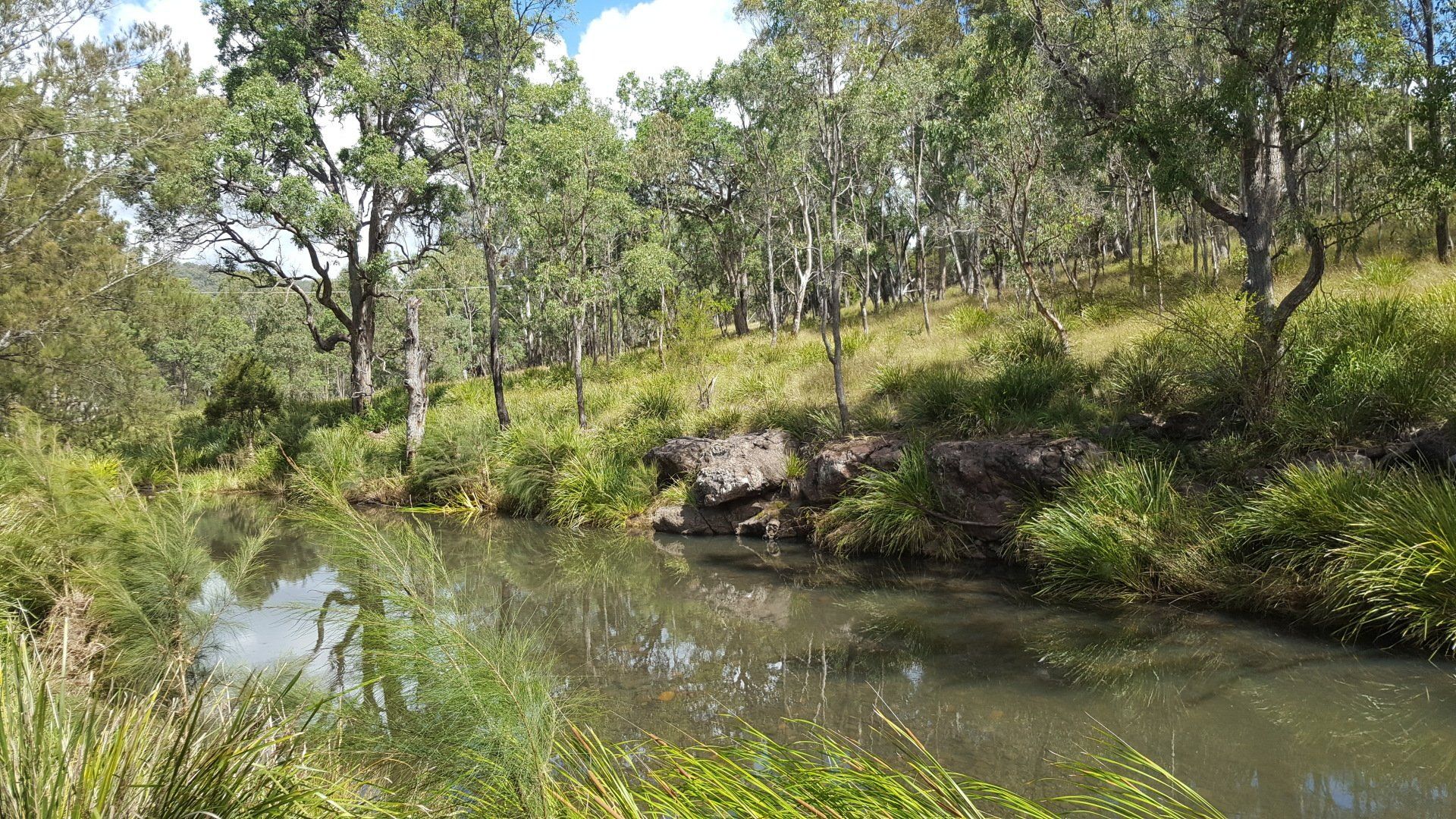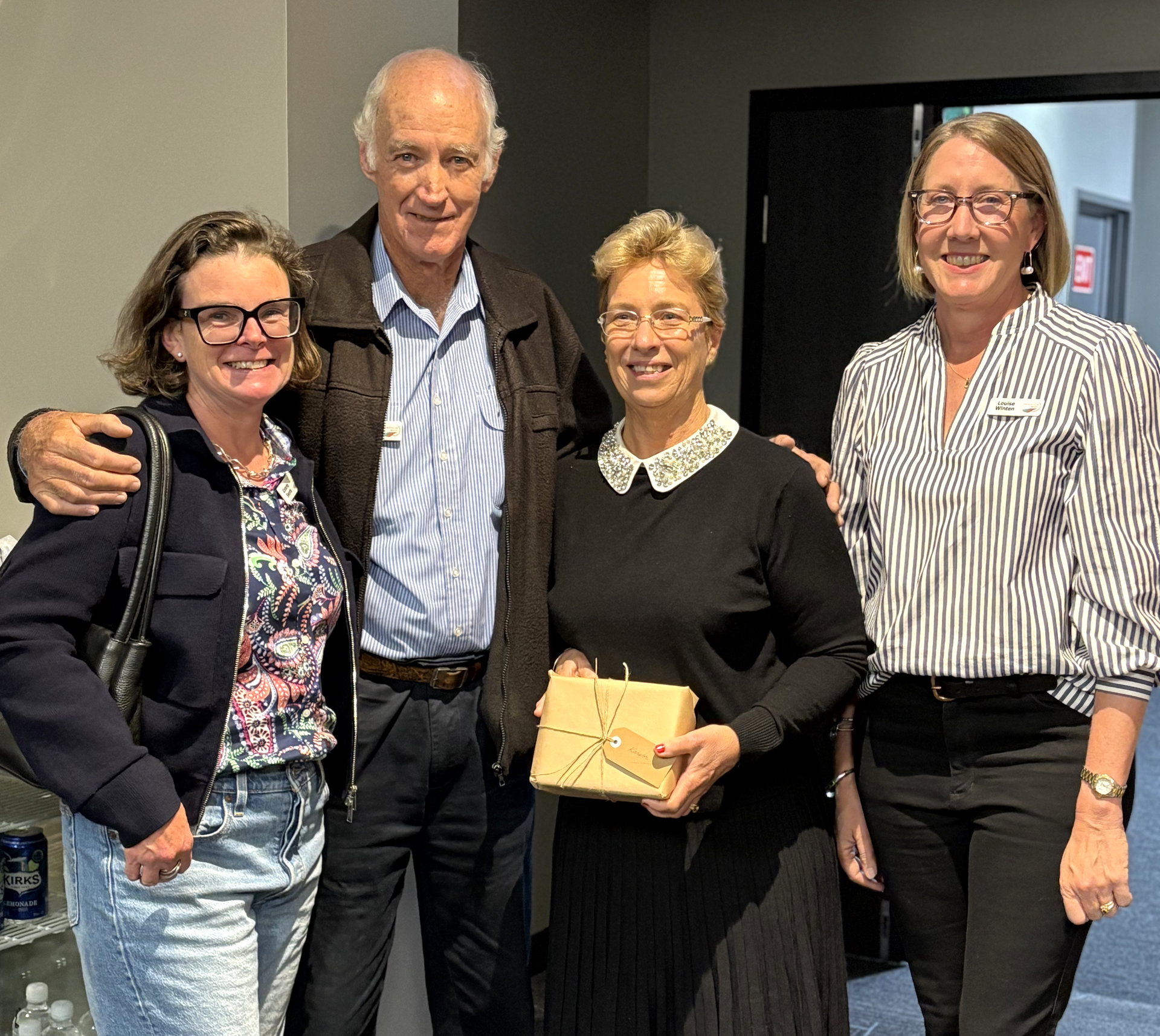Platypus populations in the Cambanoora Gorge area of the Upper Condamine River near Killarney in Queensland are “healthy and stable”.
That’s the findings of the most recent survey conducted by local residents and supported by Wildlife Queensland PlatypusWatch Network Project Officer Tamielle Brunt who is also researching platypuses as part of her PhD project.
Ms Brunt said this is the third survey to be conducted along this stretch of river since 2021.
“At the beginning of October, eight sites were surveyed along the same 10 kilometre section of river as the past two surveys; and eight platypus were sited at seven of the eight locations surveyed,” Tamielle Brunt said.
“It’s hard to see any new trends from this latest survey; but what we can see is that platypus populations along this stretch of river are healthy and consistent,” Ms Brunt said.
“Also ongoing favourable seasons have meant the quality of habitat and food resources are high so the ability of this stretch of river to sustain strong numbers of platypus and overlapping home ranges is also high,” she said.
Since the last survey in April continued rain has meant the system has been kept topped up with good flow.
“There was some noticeable turbidity clouding the water which may be coming from upstream erosion of the banks; but why and where it is coming from will need to be further investigated and actioned to reduce impacts,” Tamielle Brunt said.
“With the warmer weather of Spring now here, the mayfly larvae were plentiful and ready to emerge into winged adults along with other waterbug species which is all platypus food,” Ms Brunt said.
“Breeding season is coming to an end and the females will be raising their young in the burrows over the next few months,” she said.
“After preparing a nesting burrow, that can be up to 30 metres long, the female will line the den with wet debris that she has carried into the burrow under her tail.”
Platypus females will consume up to 30% of their body weight leading up to egg laying to support location for their young.
“The gestation period from fertilisation to egg-laying is about three weeks and a female platypus can lay up to three eggs,” Tamielle Brunt said.
“The eggs are thought to be laid directly onto the abdomen, where the female platypus curls around them to incubate and after 10 days the young emerge at about 1.5 centremetres long,” Ms Brunt said.
“Female platypuses don’t have nipples like other mammals, so milk oozes out of mammary gland ducts and collects on her abdomen where the nursing babies lap it up or suck it from tufts of fur,” she said.
“The platypups grow quickly on this rick milk and will emerge from the burrow after four months around February or March next year; they may still share a burrow with their mother or siblings after emerging but it is still unknown how long such interactions last.”
“Juvenile platypus won’t breed straight away in their first year, but are capable of breeding in their second year and will usually by that time disperse to find their own home ranges; especially the young males who would be looking to avoid dominant males. So hopefully we will see new young in our survey early next year.”
The next survey of the Cambanoora Gorge area is scheduled for March/April of 2023 and organisers are hopeful of getting all 19 sites surveyed to understand current platypus numbers along a 20+ kilometre stretch of the river.
First People have many different regional names for the platypus, including boondaburra, mallingong and tambreet. And according to one Aboriginal legend, the platypus originated when a young female duck mated with a lonely and persuasive water-rat. The duck’s babies had their mother’s bill and webbed feet and their father’s four legs and handsome brown fur.
Read the story of the platypus on the Kulilla Art website by Uncle Michael Connolly
https://www.kullillaart.com.au/dreamtime-stories/gaya-dari-the-platypus/

